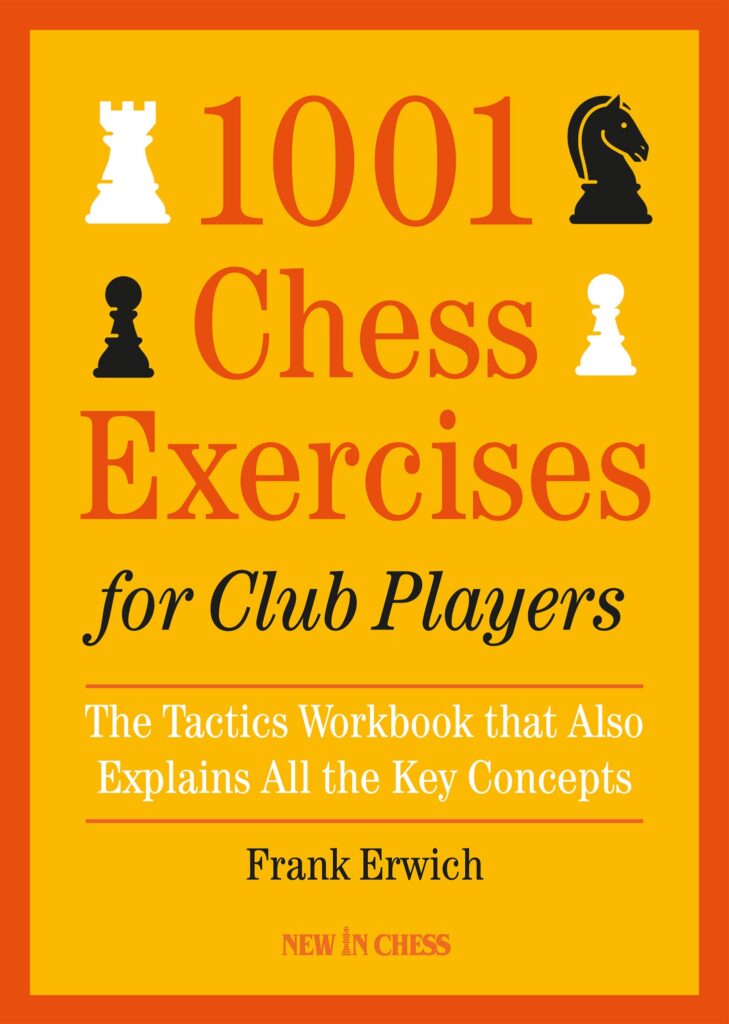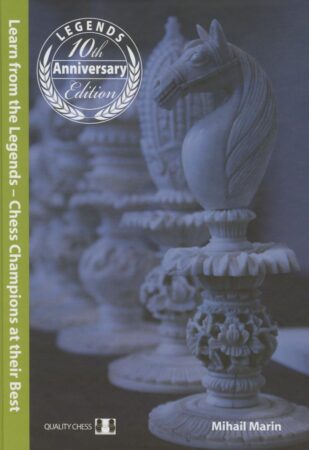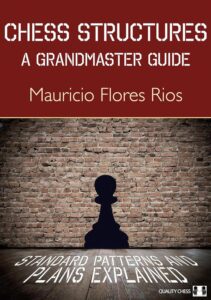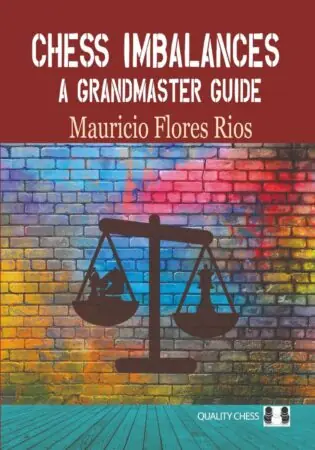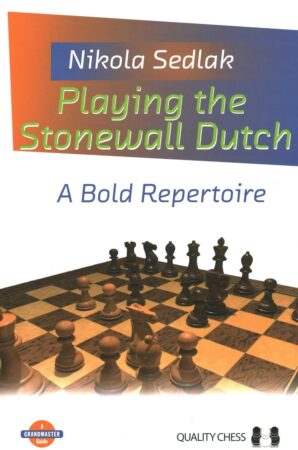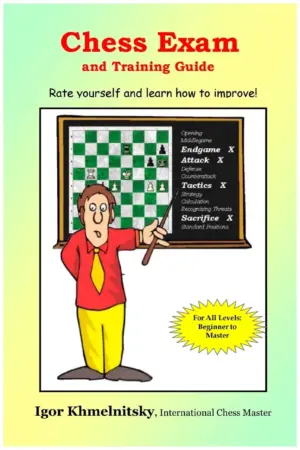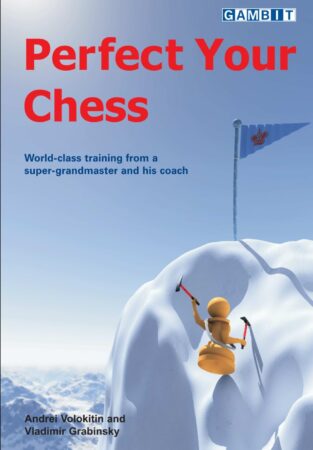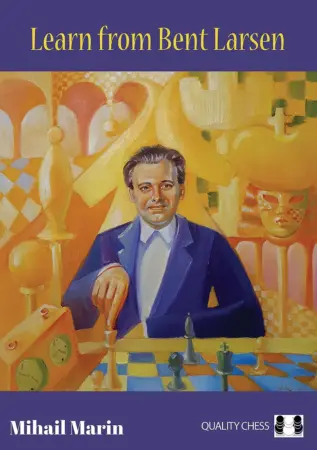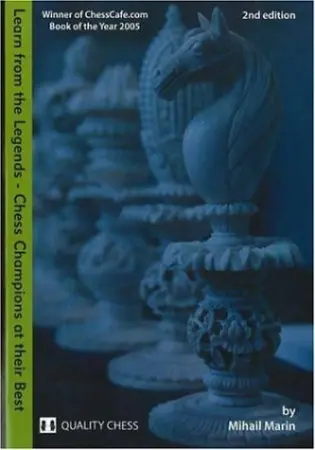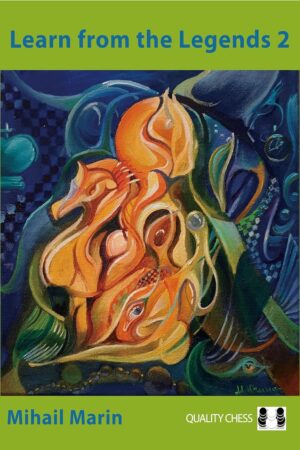1001 Chess Exercises for Club Players is a great resource for beginner and intermediate players who are struggling to improve their tactical pattern recognition. It covers simple tactical patterns, both offensive and defensive, clearly divided into chapters arranged by theme. Pins, skewers, trapping pieces, discovered and doubled attacks, among others, are presented very clearly, supplemented by explanations of each pattern, ways to recognize it in a real game, and around 50 exercises you can solve on each of the themes.
Being good at tactical play can be divided into two separate skills; pattern recognition and the ability to calculate precisely and deeply. 1001 Chess Exercises for Club Players focuses on patterns you must learn to recognize in order to become a good tactician. Erwich has intended the book to be used by players up to 2000 FIDE. Having gone through it, and being 2000 FIDE, I must say that he missed his target audience. I found it very easy. My completion rate was over 90%, for some of the chapters close to perfect, which seems to indicate that the problems were too easy for my level. You probably know that tactics aren’t my strong suit, so being able to successfully solve all the problems means that they really shouldn’t be challenging for most players my level either. I would recommend this book to players below 1600 classical.
That being said, albeit easy, the book and the exercises were nevertheless instructive, and I’m sure I’ve managed to improve my tactical pattern recognition after going through it.
What I loved about 1001 Chess Exercises for Club Players is the section on defense. An entire chapter devoted to defending sharp positions. Most tactics manuals lack that, and, since I struggle when under pressure in most of my games, I found the chapter to be extremely useful. It was also the chapter for which my completion rate was (unsurprisingly) lowest.
Think of this book as a great improvement to most tactics courses, books, or online puzzle resources for players of beginner or intermediate levels. Chess games, on that level, are almost always decided by tactics. Becoming good at them will give you an upper hand. One last thing I should mention is that I read the e-book, not a physical copy, and I have not used a real board to go through it. So it may be considered a “light read” for those who aren’t just starting out.

